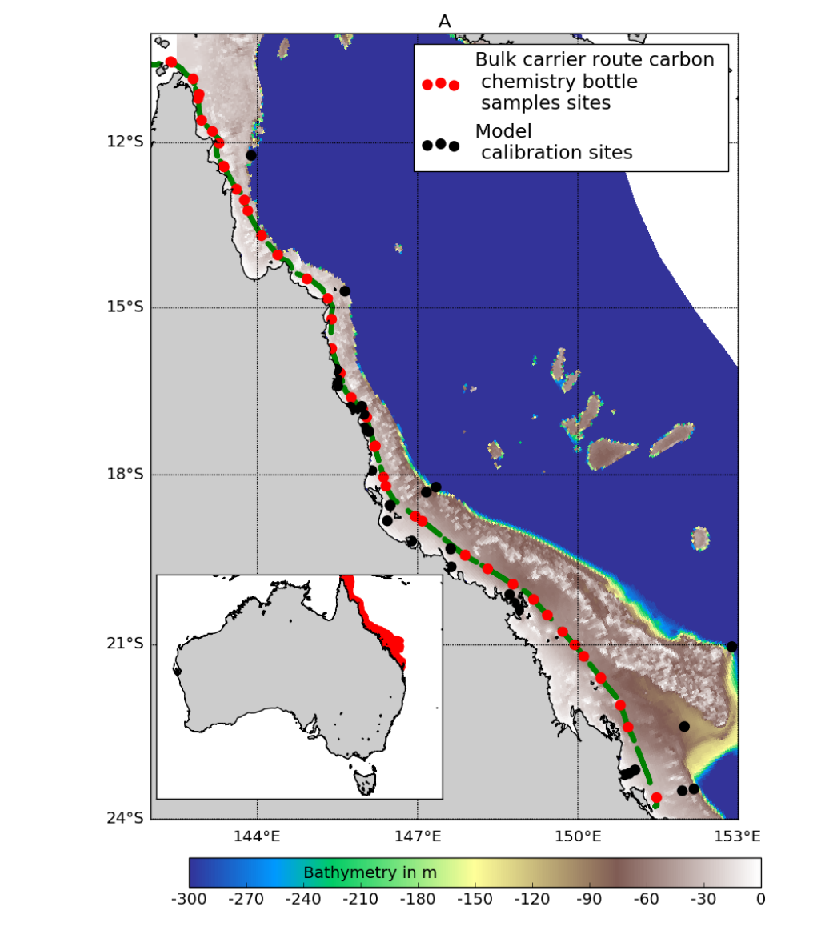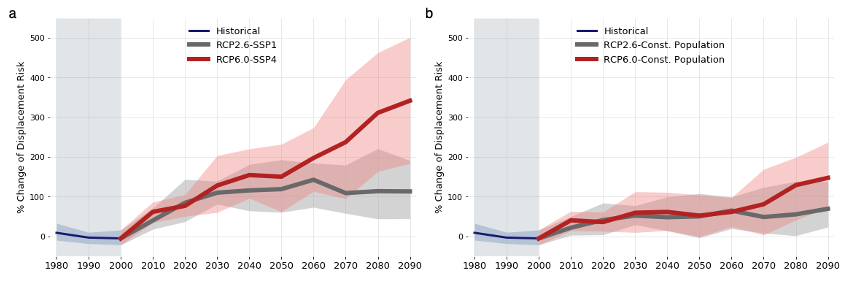Research News
-

Study: “Sky is not the limit” for solar geoengineering
There are practical limits to the height at which aerosols may be deployed in the atmosphere to deflect incoming sunlight and countervail global warming. Very high-altitude injections might be more effective, but such climate intervention comes with substantially increased costs and safety risks, according to new research published today in Environmental Research Communications. Following a […]
-

ResearchGate and IOP Publishing partner to increase the visibility of academic content
ResearchGate and IOP Publishing (IOPP) today announce a new collaboration agreement to explore ways to support the scientific community through syndication of IOPP peer reviewed scholarly content on ResearchGate’s platform. ResearchGate is a scholarly social networking site on which over 20 million scientists and researchers share papers, ask and answer questions, and find collaborators. The agreement […]
-

Aviation’s present-day contribution to human-induced global warming is 4% and will increase over the next 30 years should pre-Covid growth resume
Major new study reveals that aviation could consume up to one-sixth of the remaining temperature budget to limit warming to 1.5 ˚C Aviation is responsible for more global warming than implied by its carbon footprint alone. According to new research published today, aviation could consume up one-sixth of the remaining temperature budget required to limit […]
-

Long-term urban emissions data show a decrease in high-income countries
A new study shows how urbanisation has influenced anthropogenic CO2 and air pollutant emissions across all world regions, by making use of the latest developments in the Emissions Database for Global Atmospheric Research (EDGAR, https://edgar.jrc.ec.europa.eu/) developed by the Joint Research Centre of the European Commission. The results show that by 2015 urban centres were the […]
-

Projected acidification of the Great Barrier Reef could be offset by ten years
New research has shown that by injecting an alkalinizing agent into the ocean along the length of the Great Barrier Reef, it would be possible, at the present rate of anthropogenic carbon emissions, to offset ten years’ worth of ocean acidification. The research, by CSIRO Oceans and Atmosphere, Hobart, used a high-resolution model developed for […]
-

The environmental trade-offs of autonomous vehicles
Optimistic predictions expect reliable autonomous vehicles to be commercially available by 2030, at a time when mobility is undergoing a profound shift away from traditional modes of transportation and towards door-to-door services. Previous analysis suggested that public transport will lose market share to autonomous vehicles, but the environmental impact of changing transport use has hardly […]
-

1º of global warming causes a ~50% increase in population displacement risk
A new study shows that if the population were fixed at current levels, the risk of population displacement due to river floods would rise by ~50% for each degree of global warming. However, if population increases are taken into account, the relative global flood displacement risk is significantly higher. The research, by an international team […]
-

Flat brain organoids grown on 3D-printed scaffolds show intrinsic gyrification
Gyrification has been observed for the first time in brain organoids grown in vitro using 3D-printed scaffolds. The research, by an international team from the Autonomous University of Madrid and the Technical University of Denmark, used 3D printing to create scaffolds for engineered flat brain organoids. The scaffolds allowed the brain organoid size to be […]







